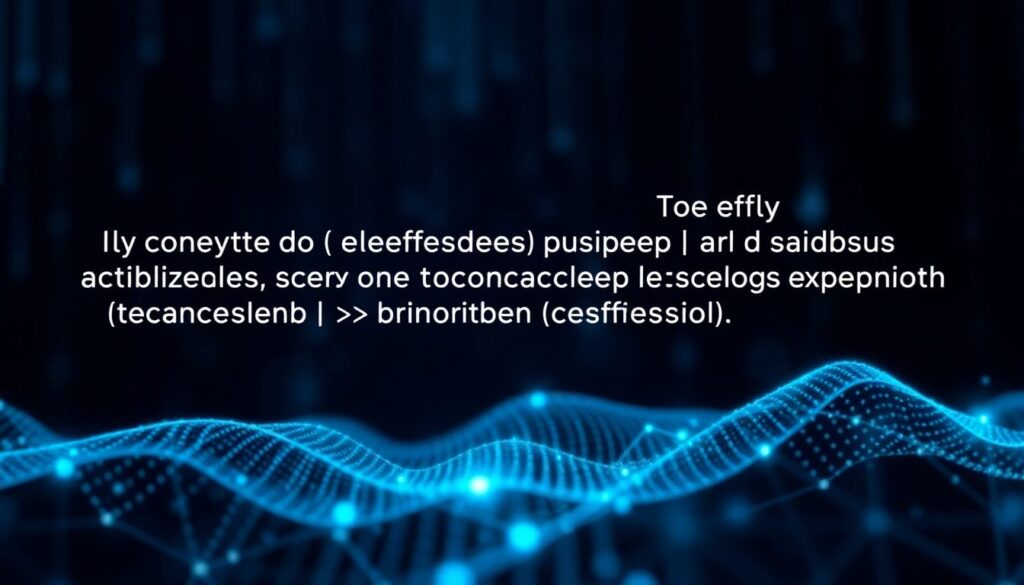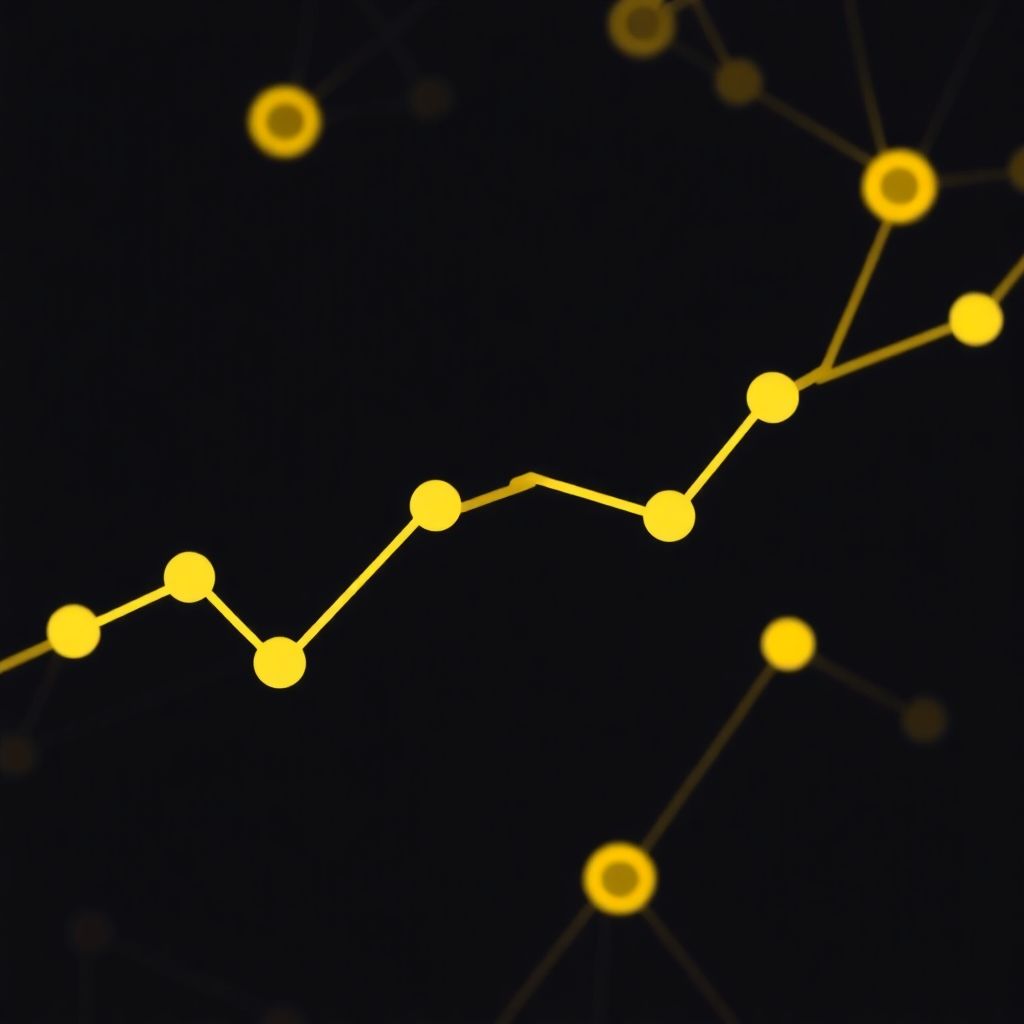Historical Background of Blockchain Explorers
The Origins of Blockchain Transparency
The concept of a blockchain explorer emerged shortly after the launch of Bitcoin in 2009. As the first decentralized cryptocurrency, Bitcoin introduced a public ledger system where all transactions were recorded and verifiable. However, early users had no intuitive way to browse or search through this data. That changed in 2010 with the release of the first blockchain explorer, BlockExplorer.com, which allowed users to view Bitcoin blocks, transactions, and addresses in a readable format. This innovation marked a turning point in blockchain accessibility, laying the groundwork for what we now know as blockchain explorer tools. By 2025, these tools have evolved into sophisticated platforms supporting multiple blockchains, offering real-time analytics, and serving as critical resources for developers, investors, and regulators alike.
Basic Principles of Blockchain Explorers
Understanding How They Work
A blockchain explorer is essentially a search engine for a blockchain. It allows users to view and track all transactions, blocks, wallet addresses, and smart contracts on a given blockchain network. Each explorer connects directly to a node or a set of nodes, indexing the data to present it in a user-friendly interface. This makes it possible for even non-technical users to access complex blockchain data. For example, if you want to verify a transaction or check the balance of a crypto wallet, a blockchain explorer for beginners can guide you through the process without requiring deep technical skills. The transparency and immutability of blockchain records mean that every action is publicly accessible, and explorers are the tools that make this transparency usable.
Key Features You Should Know
When learning how to use blockchain explorers, it’s important to understand the core features they offer. Most explorers allow you to search by transaction ID, wallet address, block number, or even smart contract address. Once a search is performed, users can see detailed information such as transaction confirmations, gas fees, timestamps, and the status of the transaction. Many modern explorers also include visualizations, charts, and APIs for developers. Advanced platforms even provide token tracking, NFT metadata, and DeFi analytics. These features are essential for users who want to monitor activity, track wallet performance, or investigate suspicious transactions. Whether you’re a beginner or an experienced user, mastering these features is crucial for navigating the blockchain ecosystem effectively.
Real-World Examples of Blockchain Explorers
Popular Platforms in 2023 and Beyond
As of 2023, several platforms have established themselves as the best blockchain explorers in terms of functionality, user interface, and multi-chain support. Etherscan remains the most trusted source for Ethereum-related data, offering unparalleled insights into smart contracts and token transactions. For Bitcoin, Blockchain.com and Blockstream are widely used due to their reliability and historical data access. Other notable platforms include BscScan for Binance Smart Chain, Solscan for Solana, and SnowTrace for Avalanche. These top blockchain explorer tools cater to different user needs, from casual investors to professional developers. Many of these platforms also offer mobile versions and browser extensions, making blockchain data more accessible than ever. In 2025, the trend continues toward interoperability, with new explorers supporting multiple chains in a single dashboard, offering a unified experience for users across ecosystems.
Common Misconceptions About Blockchain Explorers
Debunking the Myths

One of the most persistent myths is that blockchain explorers are only for developers or cybersecurity experts. In reality, a blockchain explorer tutorial can make these tools accessible to anyone with basic internet skills. Another misconception is that viewing a wallet address or transaction reveals the owner’s identity. While blockchain data is public, it is pseudonymous—meaning wallet addresses are not directly tied to personal identities unless intentionally disclosed. Some users also believe that explorers can be manipulated or censored. However, because they pull data directly from decentralized nodes, the integrity of the information is preserved. Finally, many beginners assume that all explorers are the same. In truth, each has unique features, supported networks, and user interfaces. Choosing the right blockchain explorer for beginners depends on your specific use case, whether it’s tracking Ethereum gas fees or monitoring NFT transfers on Solana.
Conclusion: Empowering Users Through Transparency
Blockchain explorers are indispensable tools for anyone interacting with blockchain technology. From verifying transactions to analyzing smart contracts, these platforms make complex data accessible and actionable. By understanding the history, core functions, and common myths surrounding these tools, users can make informed decisions and fully leverage the transparency that blockchain offers. Whether you’re just starting out or looking to deepen your knowledge, using the best blockchain explorers 2023 has to offer will enhance your understanding and engagement with the decentralized world.

